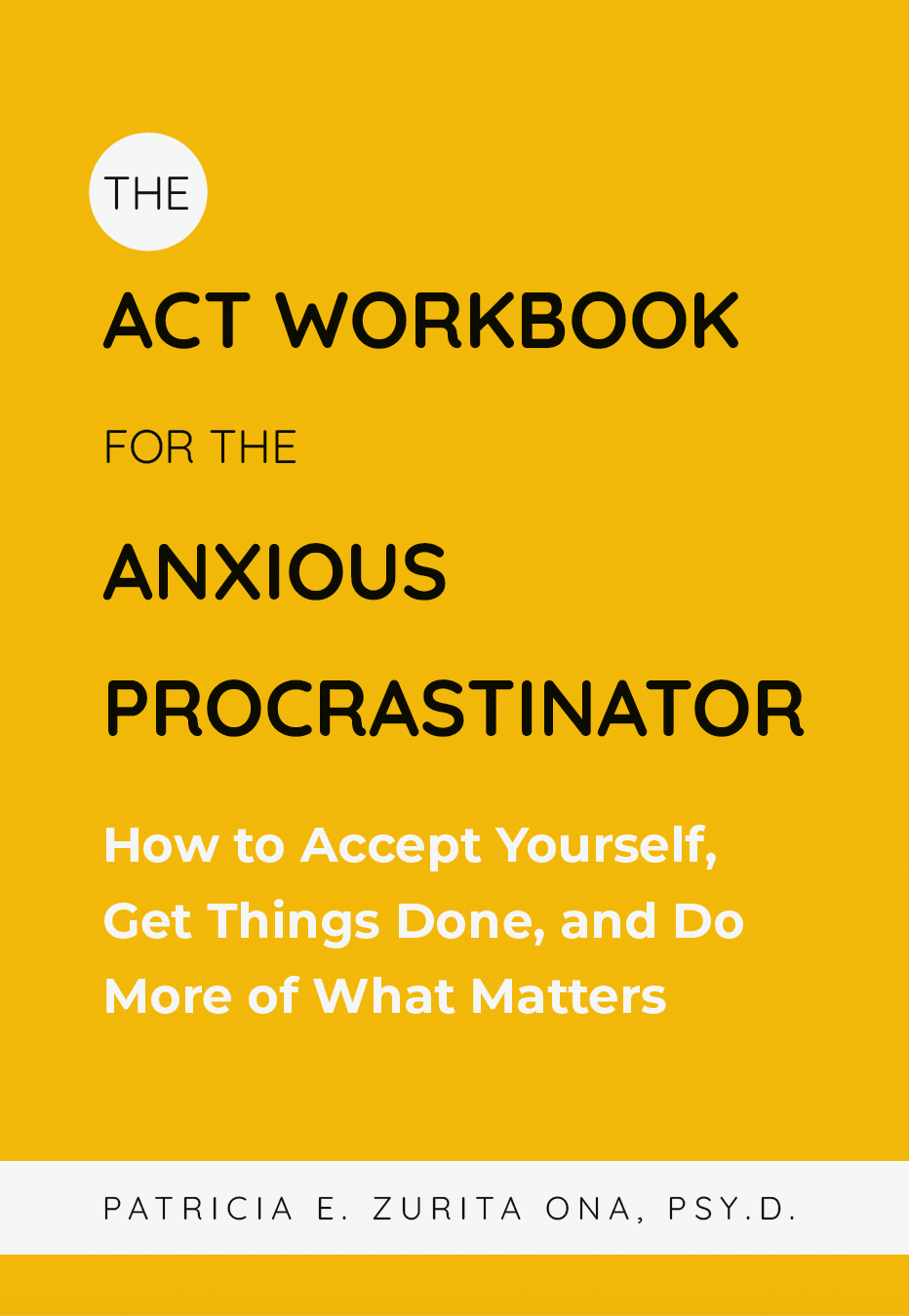Aggressive obsessions are a type of Obsessive Compulsive disorder (OCD), and sometimes clinicians refer to it as Harm OCD. They are extremely distressing by nature, feel very uncomfortable, involve people you love the most (romantic partners, relatives, newborn babies, etc), and are more frequent than not. In a recent statistical analysis conducted by Torres et al. (2006), it was suggested that among 114 community residents struggling with OCD, 45.4% of them experienced aggressive obsessions. 
In my clinical work with this type of OCD the most common obsessions I encounter are thoughts/images of violently attacking relatives, romantic partners, children, (especially in Post-partum OCD), accidentally hitting someone in the freeway, losing control and pushing someone into traffic, etc. People believe that because they have those thoughts they’re capable of carrying them out, which is called “thought-action-fusion.” For instance, if you have an intrusive image of stabbing your partner, you may believe that you’re capable of executing that action; no matter how unreal it feels to have these obsessions there is still a part of you that believes they are an “absolute truth” (Rachman & Shafran, 1999).
The combination of having aggressive obsessions and believing them (thought-action-fusion) leads to different types of compulsions such as avoiding being close to sharp objects, (avoidance responses), asking others to make sure you didn’t hit anyone in the freeway (reassurance seeking responses), mentally reviewing over and over your behaviors (mental ritual), driving in certain parts of the freeway over and over in order to make sure you didn’t hit anyone (checking responses), etc.
Unfortunately, the biggest challenge I witnessed over the years is that most people with Harm OCD don’t ask for help because of shame and fear. Shame about having those aggressive obsessions and fear about how others may perceive them if they knew about their aggressive obsessions. As a result, years pass by of living in silence with these very distressful experiences and creating a large chain of compulsions (avoidance, checking reassurance seeking responses or mental rituals) that not only maintain OCD but also perpetuate a cycle of isolation. In fact, in one study conducted by Rasmussen & Tsuang (1986) OCD sufferers search for therapy treatment after approximately seven years of struggle.
If you’re struggling with aggressive obsessions, I can certainly tell you two things:
- You don’t need to continue struggling with aggressive thoughts/images.
- Exposure-Response Prevention is the most effective treatment for OCD and can make a significant difference in your life.






